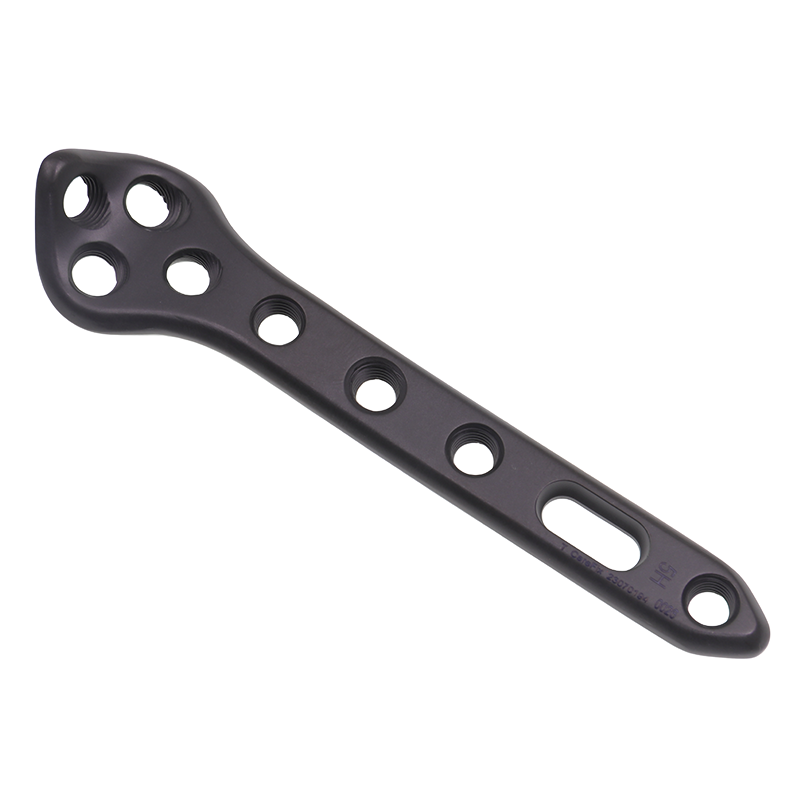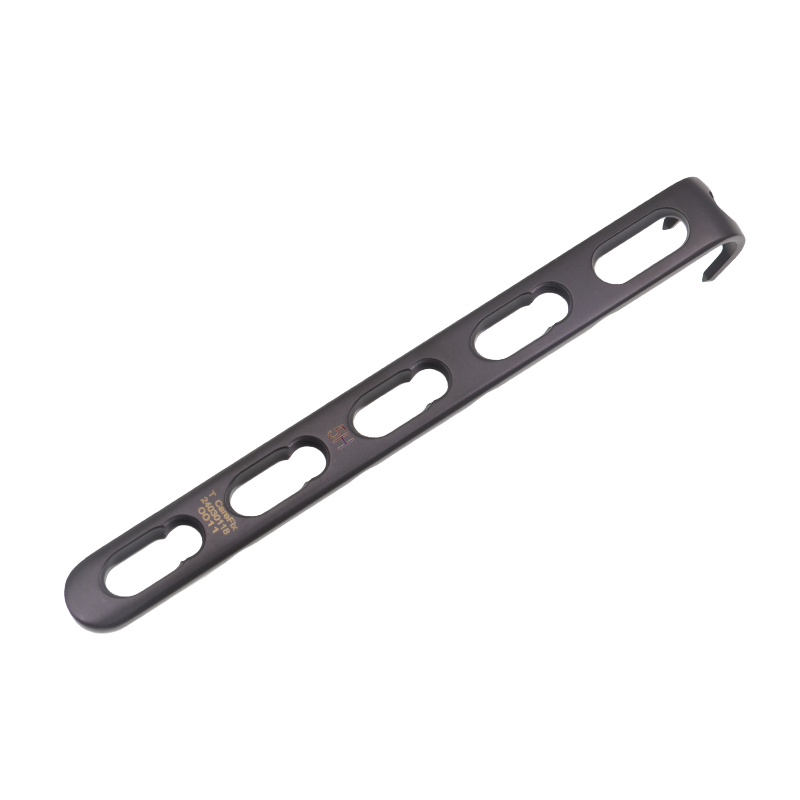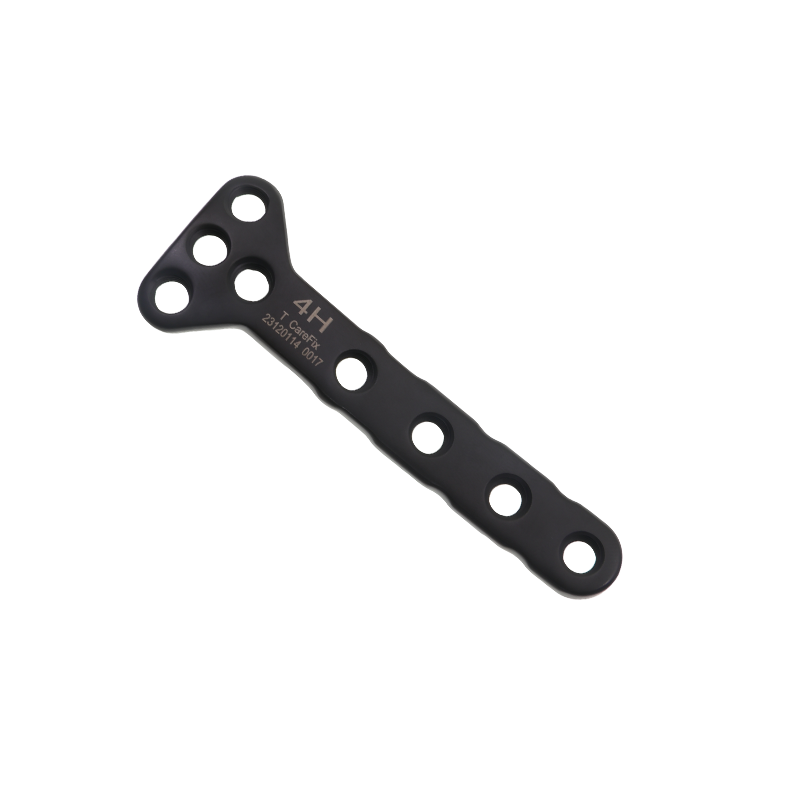bone locking plate
A bone locking plate represents a significant advancement in orthopedic surgery, serving as a crucial internal fixation device designed to stabilize fractured bones and facilitate optimal healing. This innovative medical device consists of a metal plate with specially designed threaded holes that accept locking screws, creating a unified construct between the plate and screws. The plate's sophisticated design incorporates pre-contoured shapes that match various anatomical sites, while its low-profile configuration minimizes soft tissue irritation. Unlike traditional plates, the locking mechanism creates a fixed-angle construct that doesn't rely on compression between the plate and bone, making it particularly valuable for osteoporotic bone or complex fracture patterns. The plate's material composition typically features medical-grade titanium or stainless steel, offering exceptional biocompatibility and strength. Advanced surface treatments enhance osseointegration and reduce the risk of infection. The system's versatility allows for application across multiple anatomical locations, from small hand bones to major long bones, with specific designs tailored to each area's unique biomechanical requirements.


